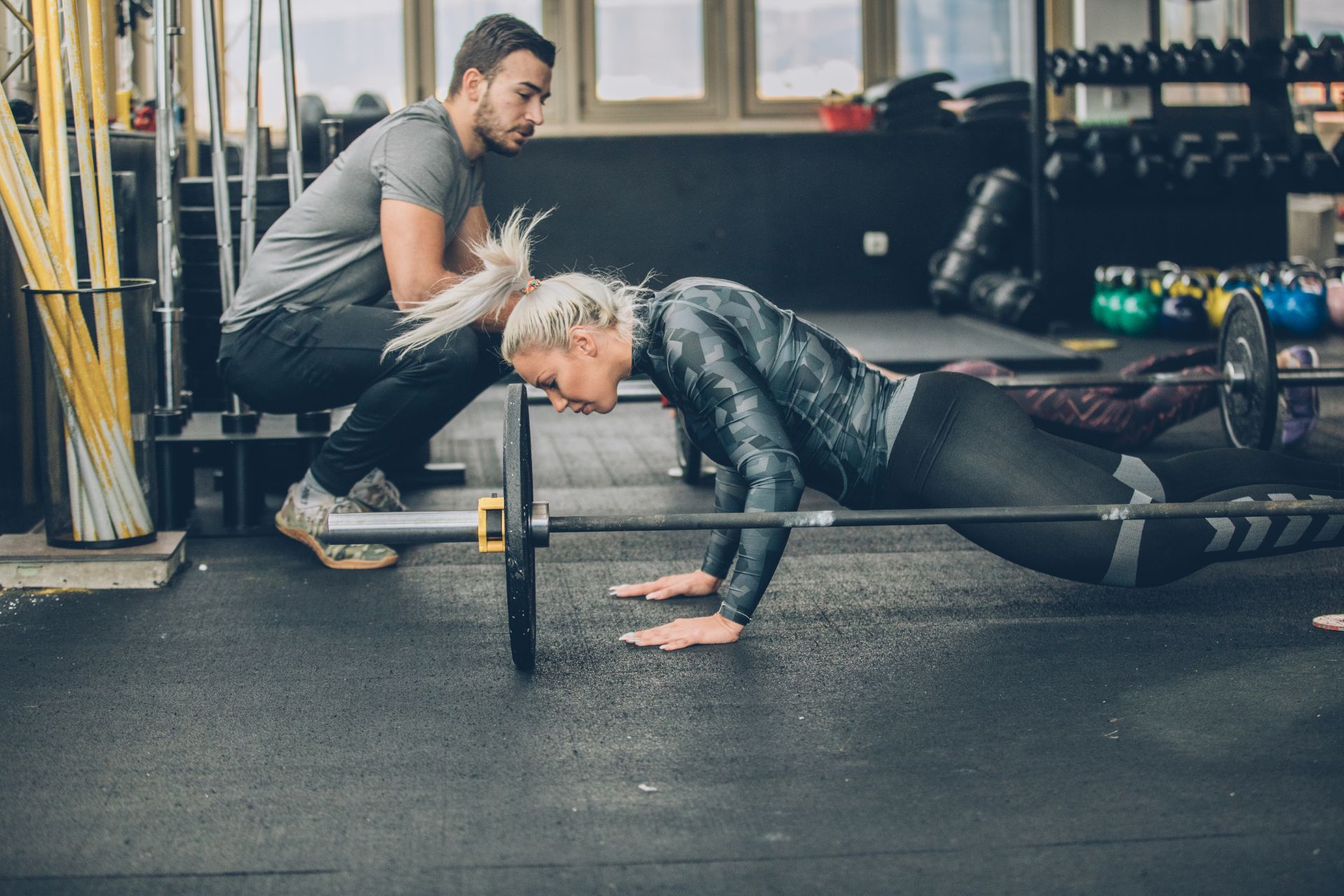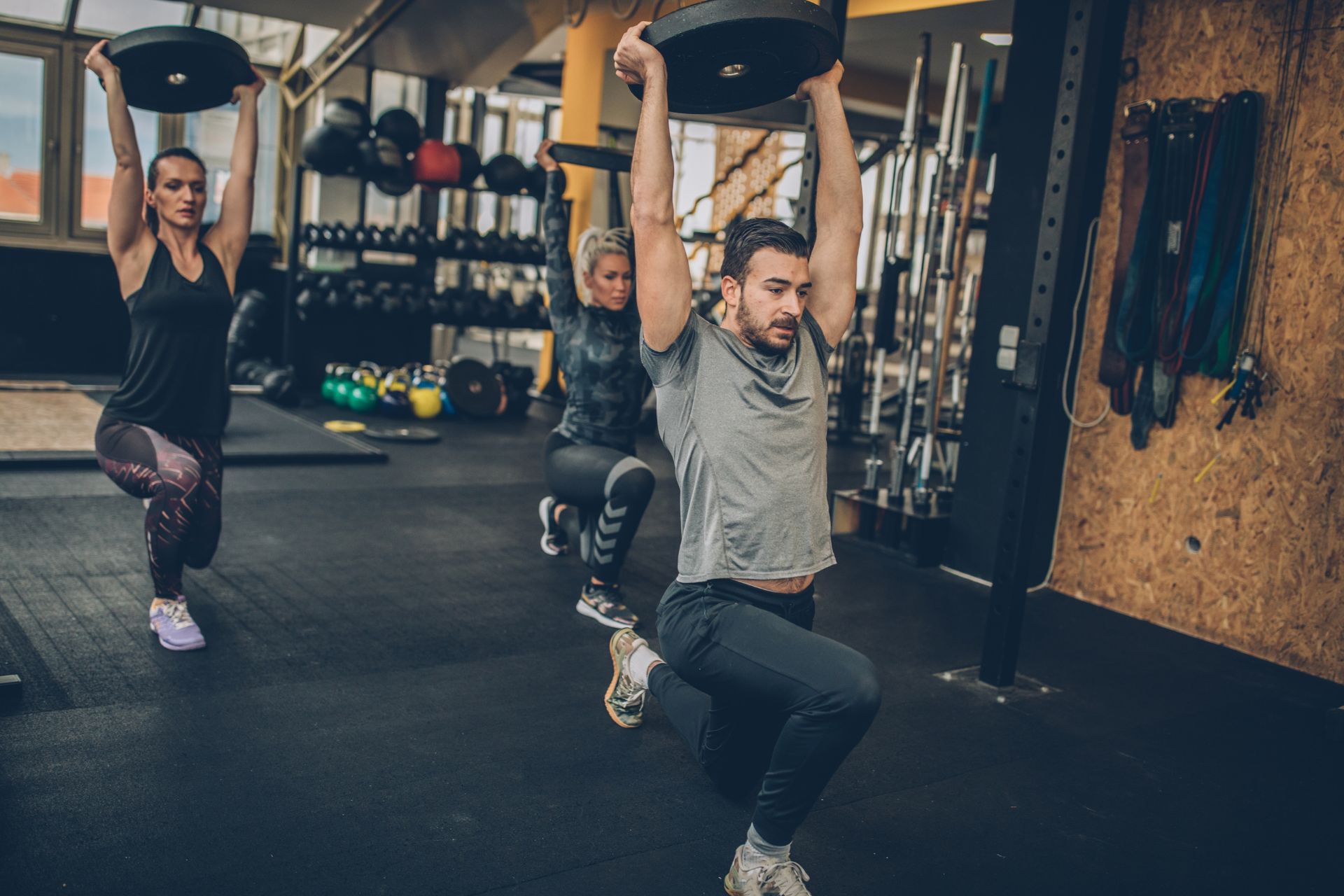Frequently Asked Questions
Recommended assessment tools for evaluating functional capacity in high-risk athletes prior to prehabilitation include the Functional Movement Screen (FMS), which identifies movement deficiencies and asymmetries, as well as the Y-Balance Test, which assesses dynamic balance and stability. The Vertical Jump Test is also valuable for measuring explosive strength and power output, while the Single-Leg Squat Assessment helps evaluate lower extremity mechanics under load. Additionally, utilizing isokinetic dynamometry can provide precise measurements of muscle strength imbalances that may predispose athletes to injuries. Incorporating these assessments into a comprehensive evaluation allows practitioners to develop targeted interventions aimed at enhancing mobility, flexibility, endurance, agility, and overall athletic performance in high-risk populations.
Individualized strength training regimens during the prehabilitation phase vary significantly across different sports due to specific biomechanical demands, injury prevention protocols, and performance enhancement goals. For instance, a soccer player’s regimen may emphasize lower-body plyometrics, agility drills, and eccentric strengthening exercises targeting the hamstrings to mitigate common injuries like ACL tears. In contrast, a swimmer might focus on upper body muscular endurance through resistance band work and rotator cuff stabilization exercises to enhance shoulder joint integrity while increasing propulsion efficiency in water. Similarly, athletes in contact sports such as football benefit from compound lifts that build overall mass and power while integrating functional movements that mimic game scenarios for improved stability during tackles or scrums. Meanwhile, tennis players often engage in unilateral strength training to address asymmetries caused by repetitive strokes along with core conditioning aimed at enhancing rotational power for serves. This tailored approach ensures optimal recovery strategies are employed alongside sport-specific adaptations that foster resilience against potential overloads or chronic conditions associated with their respective athletic pursuits.
Neuromuscular re-education plays a pivotal role in the prevention of injuries among high-risk athletes undergoing prehabilitation by enhancing their proprioception, balance, and functional movement patterns. This multidisciplinary approach focuses on restoring optimal neuromuscular control through targeted exercises that improve coordination and muscle activation strategies. By addressing deficits in motor skills and joint stability, neuromuscular re-education helps to mitigate the risk of common sports-related injuries such as sprains, strains, and overuse conditions. Additionally, integrating plyometric training and dynamic stabilization drills within this framework fosters better kinetic chain efficiency while promoting muscular endurance. The incorporation of sport-specific movements further prepares athletes for the demands of competition by reinforcing proper biomechanics under fatigue circumstances. Overall, an effective neuromuscular re-education program not only enhances athletic performance but also serves as a critical preventative measure against injury recurrence during rigorous physical activity.
Evidence-based modalities that have demonstrated significant enhancement of recovery outcomes for joint surgeries in high-risk athletic populations during prehabilitation include neuromuscular training, strength and conditioning protocols, functional movement screening, and proprioceptive exercises. These interventions focus on optimizing musculoskeletal function while mitigating the risk of postoperative complications such as stiffness and muscle atrophy. The incorporation of individualized exercise regimens tailored to athletes' specific biomechanical demands is crucial for improving range of motion and enhancing muscular endurance. Additionally, implementing psychological readiness strategies like cognitive behavioral therapy can facilitate mental resilience during rehabilitation phases. Furthermore, utilizing advanced technologies such as biofeedback systems enhances adherence to therapeutic activities by providing real-time performance metrics that foster engagement in preoperative care routines. Collectively, these approaches contribute to a holistic framework aimed at maximizing postoperative rehabilitation efficiency and promoting expedited return-to-sport timelines within this population segment.
Psychological readiness in elite athletes can be effectively measured using a multifaceted approach that incorporates validated psychometric assessments, such as the Athletic Coping Skills Inventory (ACSI) and the Psychological Readiness to Return to Sport Scale (PRRS), which evaluate mental resilience, coping strategies, and emotional regulation. These tools assess constructs like motivation levels, confidence intervals, anxiety management skills, and cognitive appraisal processes crucial for optimal performance under pressure. Incorporating these findings into a comprehensive prehabilitation protocol involves tailoring psychological interventions alongside physical conditioning programs; techniques such as visualization exercises, mindfulness training, goal-setting frameworks, and stress inoculation drills can enhance mental fortitude while addressing sport-specific demands. This integrated method fosters not only peak athletic performance but also promotes injury prevention by preparing athletes psychologically for competitive environments through enhanced focus on self-efficacy beliefs and adaptive thinking patterns essential during high-stakes situations.

